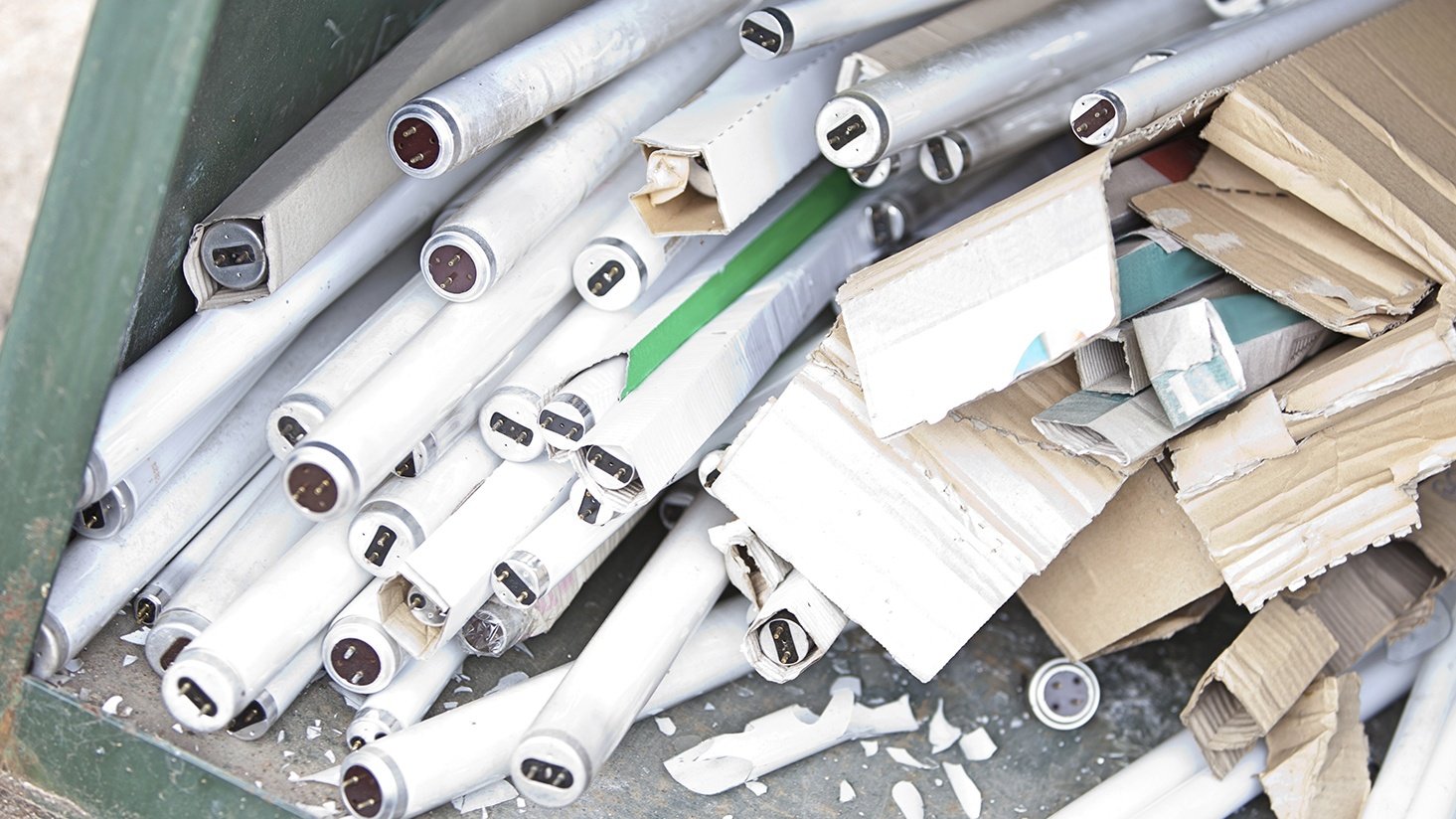What does it mean to 'make lighting easier'? 10 ways Regency simplifies lighting for customers

The computer, tablet, or smart phone you're reading this blog post on is brimming with complexity. What do you know about its anatomy? I know the computer I'm writing this blog post on has, let's see, a motherboard, a hard drive, and some RAM. Oh, and a battery that seems to hold a charge for less and less time. That's about it, to be honest.
If you're reading this on an iPhone 6S, here's a short list of the components that sit just beneath your thumb: TriQuint TQF6405 Power Amplifier Module, Skyworks SKY77812 Power Amplifier Module, Avago AFEM-8030 Power Amplifier Module, Qualcomm QFE1100 Envelope Tracking IC, SK Hynix H23QDG8UD1ACS 16 GB NAND Flash, NXP 66V10 NFC Controller, Qualcomm PMD9635 Power Management IC, and a Skyworks SKY77357 Power Amplifier Module. (Thanks to iFixIt.com for the list.)
Sorry to be redundant. You probably remember most of that from when you last went phone shopping, right? Of course not.
When I buy a phone or a computer, I'm like the majority of the population. I don't pay close attention to the intricate, Byzantine specs. I simply want to know that it will help me to do my job, or take cool pictures. I care about the features, but not the features that would widen the eyes of an IT pro. I care about the features that are eye-popping to a normal, not overly techy human. (I fit the secondary criteria.) The rest is Greek to me, but I rest in the fact that there's a Genius in a t-shirt at the Apple Store down the road who knows my Qualcomm PMD9635 Power Management IC is to blame when my phone is acting up. I'm glad I don't have to be a smartphone specialist to have a conversation with that gal or guy. Please, just fix it, and I'll stick to light bulbs.
At Regency, we know that a lot of people making decisions about lighting may get dizzied by luminous flux and diodes. The reality is, lighting is hard, not easy. But we encourage our customers to leave the complicated stuff to us, and we work tirelessly to make lighting easier for them.
If you're in the restaurant space, for example, you're probably just looking to create a welcoming ambiance for guests, or maybe you're primarily concerned with the appearance of the food you're putting in front of them.
If you're a general contractor working in new construction, you're likely looking to specify something the end user will be happy with, wrapping up the project on time and on
If you're a chief engineer at a Class
And if you're over store design in a retail environment, you simply need a lighting program that will make your products pop, keep your blue-and-black dresses looking blue and black, and will be easier to manage at the retail level, so you can keep floor associates off of ladders and out of sockets.
Sound about right?
Here are 10 real ways we make lighting easier for customers.
- We use ordering data to create custom Buy Guides for customers, putting their commonly ordered products at their fingertips so they don't have to thumb through a vast catalog
on a kind of lighting wild goose chase. - Our lighting specialists thoroughly vet manufacturers and their products, so customers don't have to worry about the reliability of the lighting they purchase.
Download our checklist: 9 Questions to Ask a Lighting Manufacturer - We have dedicated project managers who work through the details of manufacturer lead times, rebate forms, and fulfillment logistics.
- Our scheduled commercial lighting maintenance programs minimize outages and ensure our customers' stores stay properly lit and looking sharp.
Read more: What is lighting as a service (LaaS )? - We color-code pallet shipments for new construction lighting packages, ensuring that product is not lost on-site and can be easily identified by the installation crew.
- We label product boxes to match the physical product to the fixture schedule, so installation is easy and pragmatic.
- For multi-step projects, we can stagger shipping for customers, so rough-in product arrives first and finishes arrive later, minimizing the amount of product to keep track of on-site.
- Our experienced lighting design team that knows the ins and outs of complex codes so the lighting package does not create unnecessary challenges with compliance inspectors.
Use our interactive Title 24 guide to figure out if it applies to your project. - We've figured out a way to offer extended warranty options for customers who don't want to worry about their lighting in the several years
following purchase. - Our project services team serves as a single point of purchase and contact for national rollouts, ensuring spec consistency and static pricing.
Undergirding these tangible advantages of doing business with us are the core values our staff is built on – relationship, integrity, service, and expertise (RISE). The systems and processes we build – and constantly seek to optimize – are designed with ease for the customer top of mind.










